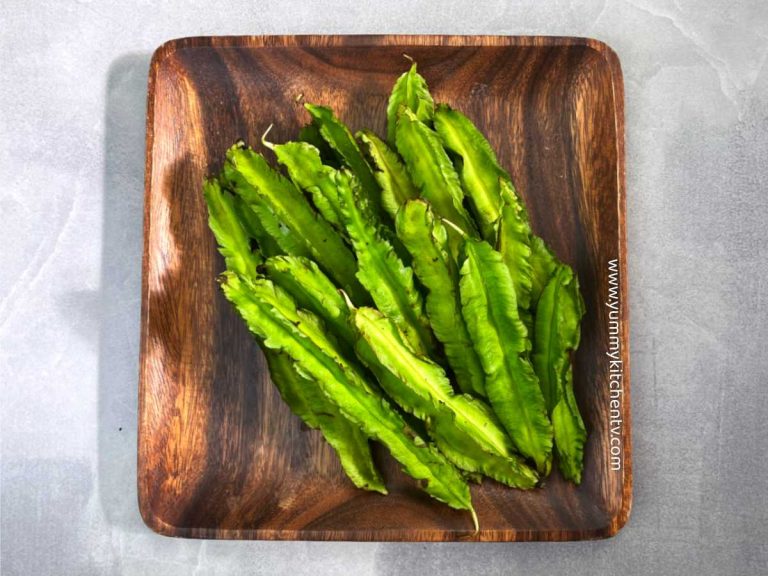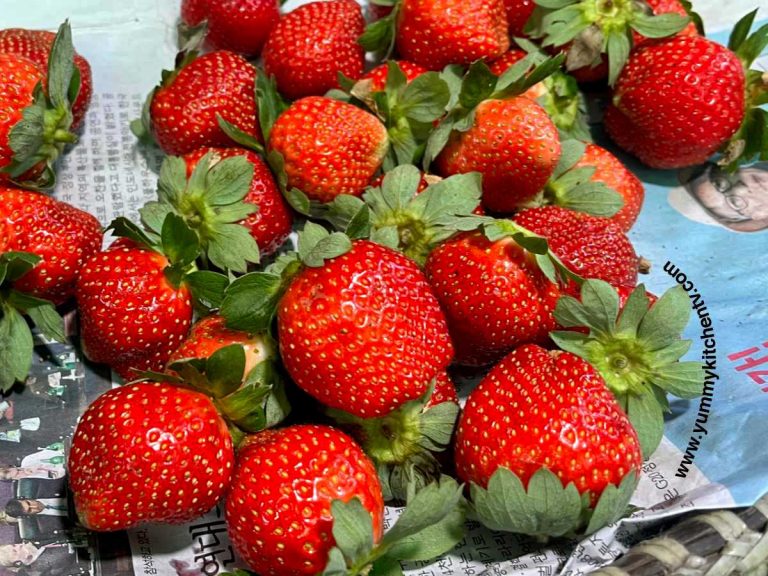Green Onions – A Versatile Ingredient
Green Onions also known as ‘Scallions’ or ‘Spring Onions’ have a crisp texture and a mild onion-like taste, typically used as a seasoning, in soups and stews, salads, as a garnish for a pop of color in a variety of dishes, or using the small white bulbs of the scallions as an onion substitute. A cultivar coming from the genus Allium making it a close relative to the garlic. It also comes from the onion seed, taking root, growing until you see long vibrant green stalks, but are harvested before the bulb swells. But what else can Scallions be used for?
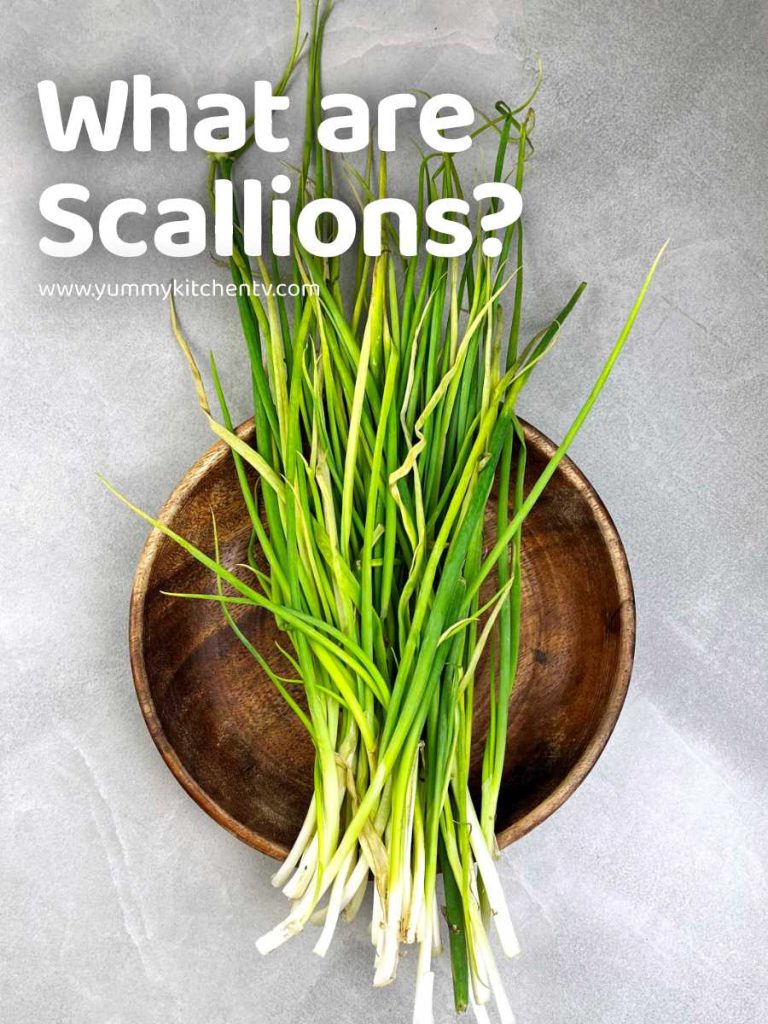
A short introduction
The Green Onion scientific name (or scallion scientific name) “Allium Fistulosum” under the family of Allium species makes them a close relative to garlic, onion, shallots, chives, Chinese onions, and leeks. These also have different names such as ‘scallions’, ‘spring onions’, ‘salad onion’, ‘king onion’, ‘onion stick’, ‘table onion’, ‘gibbon’, ‘wild onion’, or ‘yard onion’. The defining characteristics of this mildly onion tasting vegetable is its long vibrant green hollow stalk-like leaf, with a gradient transition from the green tips to the bottom white undeveloped or rather small bulb. The whites can be substituted for onions while the whole plant is typically chopped up to use as a garnish.
Depending on the country these are typically eaten raw as a garnish or appetizer, added into salsa’s or salads for more fiber, grilled, picked and made into kimchi in Korea, topped over noodles, soups, and typically over seafood dishes in many Asian countries, added into mashed potatoes in Ireland, as a dip or sauce on the side or for sandwiches, over curries, in South of the Philippines its made into a condiment by grinding it with chili peppers and ginger, using a mortar and pestle making a sauce called ‘wet palapa’, in some areas of Vietnam these are fermented to be used as edible medicine topped over porridge to heal the common cold. There are also different varieties as some scallions may look thinner or slightly bigger with bigger bulbs. Scallions are truly a vegetable that can be used at ease from that nice splash of green to awaken the dish to giving it an extra onion-y flavor.
Substitutes:
- Green onion vs Spring onion (Green onion vs Scallion or Scallion vs Spring onion) – are one and the same, similar plant just called different names.
- Leek vs green onion (Scallions vs Leeks) – Leeks are like the bigger and thicker sized version of the scallion, with even similar tastes but are more delicate and mild in flavor, best for stocks and soups.
- Green onions vs Chives – both having a mild onion flavor, but chives give off a more garlicky taste (especially Chinese chives). Chives are also thinner, sometimes even flat in some varieties, and do not have a bulb at the bottom.
- Scallions vs shallots – shallots are an onion but with hints of garlic compared to scallions that have an onion taste with a slight grassy flavor. Shallots also have a crunch and are sharper in taste when raw, but are sweet and delicate when cooked.
- Scallions vs onions – onions have different varieties, the closest substitute are sweet or yellow onions which are not so sharp tasting compared to the other onion types. If needed raw, to lessen any sharpness you can soak the onions in water for a few minutes.
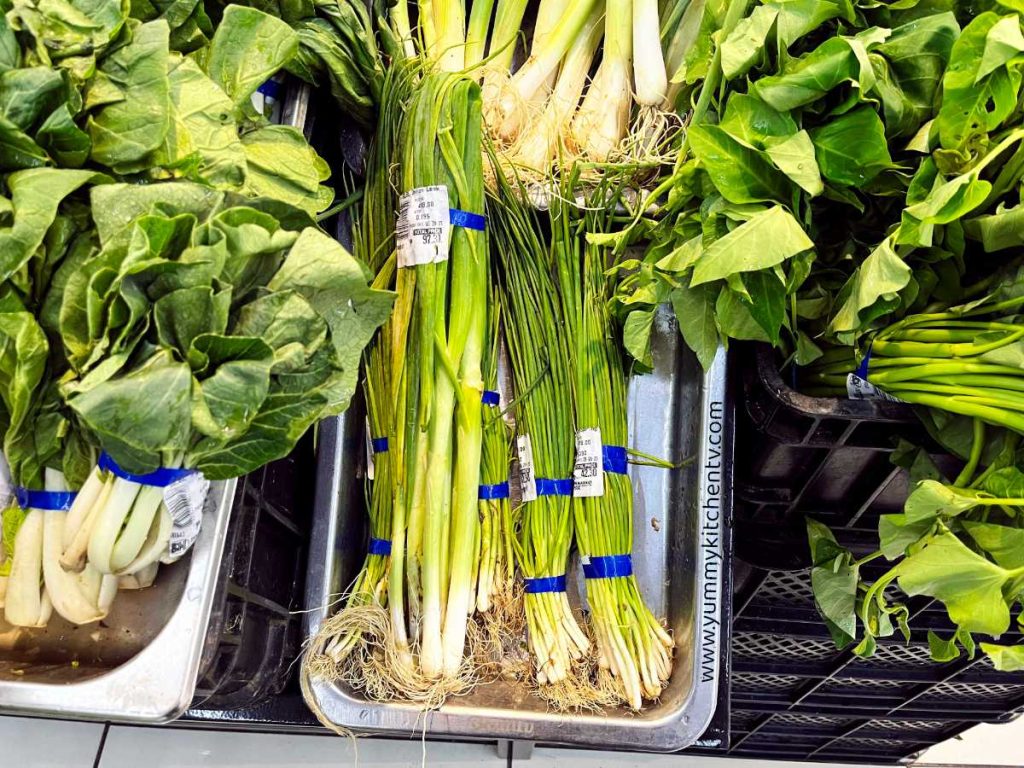
Green Onion Benefits (Spring Onion Benefits)
These thin but fibrous sticks gives you around 10% of the daily fiber requirement needed from a serving of 15 grams. It helps with keeping the body healthy by strengthening your immunity and many more helpful benefits such as:
- Being a vegetable full of fiber, it keeps your cholesterol levels low which not only helps the gut it also helps with boosting your immunity and digestion. Is also great for maintaining or reducing weight.
- Have antibacterial properties, being relatives of garlic these can kill fungi, viruses and bacteria. Meaning it can prevent infections and are natural killers of salmonella or E. coli.
- Because it prevents bacteria and toxins from growing in the body, similar to onions these have flavonoids that also reduce inflammation and age-related problems keeping the skin elastic and healthy.
- Great for the heart, as these are high in flavonoids, antioxidants, and carotenoids that keep the body from developing heart problems and blood clots.
- Helps reduce the risk of cancer, allium type vegetables help block cancer tumors and prevent growth especially cancer in the stomach.
- Maintains and strengthens the bones, bing rich in Vitamin K that is needed to increase bone density, preventing problems like osteoporosis and fractures.
* Do note that those using blood thinning medication might need to consult a doctor before adding this into your diet or eating too much as these are high in Vitamin K.
Green Onions Questions:
- How to cut green onions from the garden?
How to cut scallions without ruining your plant? Harvest them by snipping 3 inches from the roots. This helps keep them growing.
- What part of the green onion do you use?
The white part of the stalk near the roots are best used for pickling, and is also added into dishes like soups, stews, stir-fry and more, at the last minute for extra color and a slight onion-y taste. The green part is typically used as garnish but you can use both colors/parts similarly.
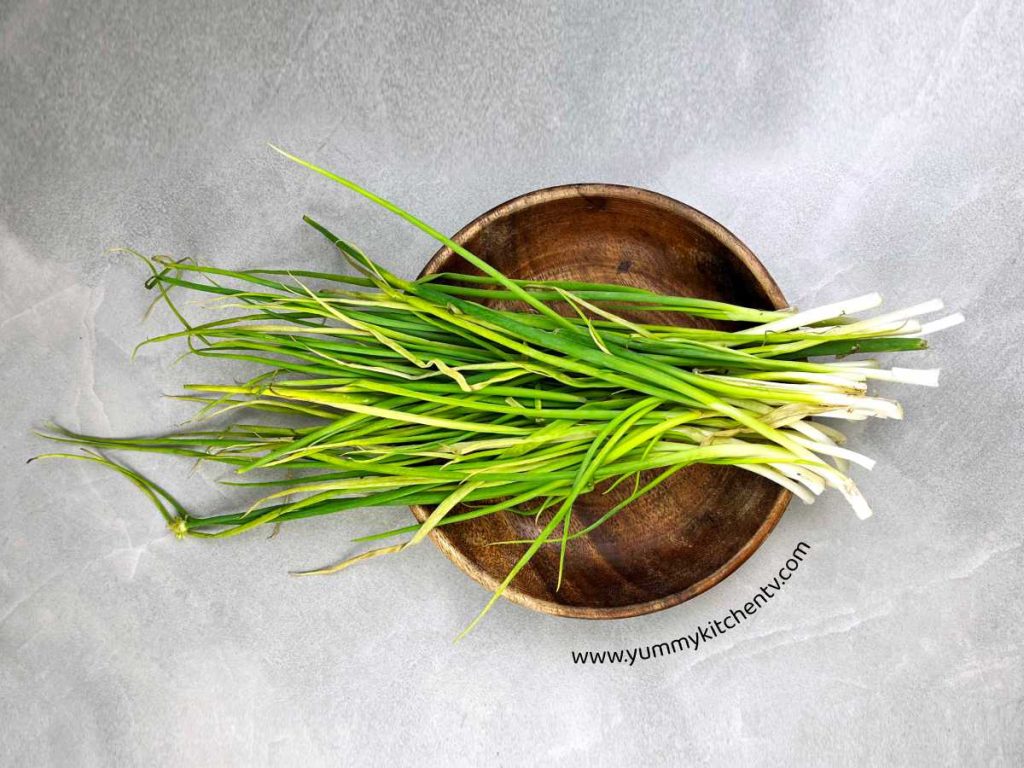
How is it used in the Philippines?
Green onion in Tagalog (or scallions in tagalog) is ‘múrang sibuyas’ with ‘mura’ meaning ‘cheap or affordable’ and ‘sibuyas’ meaning ‘onions’ combined it literally means ‘affordable onions’ this is due to being easier to plant and sell, and because these are harvested at a young age (‘mura’ can also mean ‘young’) compared to letting it grow to a whole bulb.
With the rise of prices especially on fruits and vegetables in recent years. Fellow Filipinos have to find new ways to add one of the topmost used aromatics in the Philippines, that being the onion. Green onions and leeks have become one of the go to alternatives to onions, depending on what is readily available. Many others have also begun growing green onions in pots at home since they do not take up too much space. It also takes just a fews days or weeks to harvest green onions once it grows to a certain length. It also helps that these can grow continuously as long as you don’t take out the whole plant including the roots.
Spring Onion Recipes (Green Onions Recipes)
- Garnish over
- The main ingredient in Scallion pancakes also known as the ‘Green Onion Pancake’
- Pickled to make Green Onion Kimchi
- As a Green Onion Dip to pair with Eggplant Patties

#GreenOnions #Scallions #HealthyEating #CookingTips #FreshFlavors #GarnishIdeas #Vegetables #HealthyIngredients #HomeCooking #FlavorBoost
